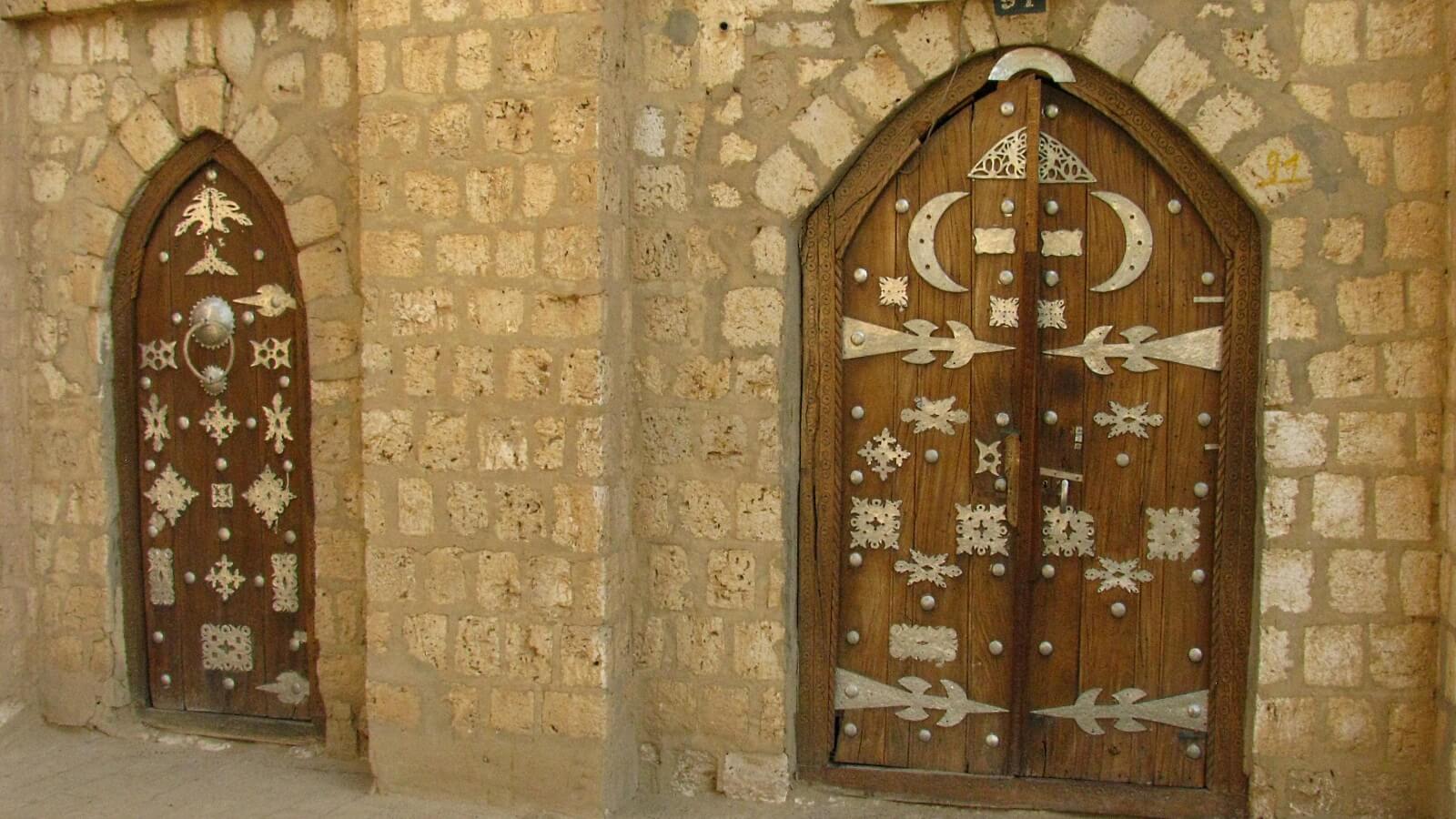Timbuktu is an ancient Malian city located just north of the Niger River. Founded about 1000 years ago by the Berbers, one of its famous kings, Mansa Musa was ranked the richest man in the documented history of mankind. Timbuktu once formed part of the Songhai Empire that dominated Western Africa in the 15th and 16th Century. It was briefly a capital of the Songhai Empire and now rest in southern Mali.
GOLD, SALT AND THE CROSSROADS
Known as the crossroad of the worlds, Timbuktu was placed strategically for affluence. It was located at the point where Sub Saharan Africa met Saharan Africa, where the desert meets the Niger River. Sitting at the end of the Sahara, it was the southern terminus of the trans-Saharan trade route serving as an important place where salt, gold and knowledge were traded. Due to its location, it was a meeting point for Songhai, Arabs, Fulani, Tuareg and the Wangara. Gold was extracted from the gold mines of Boure and Banbuk while salt was extracted from the mines of Tegaza and Taoudenit.
For a long period, Timbuktu played a very significant role in West African trade.
AN EDUCATED & PROGRESSIVE SOCIETY
Due to the activity in the city, its affluence and the piety of its rulers & scholars found a home in Timbuktu, not only bringing their books but settling there to create and recreate books mostly in Arabic and sometimes in other local languages. These books ranged from letters to scholarly works on art, science, medicine, philosophy and copies of the Quran. One of the kings of the Songhai Empire was known to have built libraries which housed books like these. Other manuscripts were simply kept within households.
Leo Africanus, Al Hassan Ibn Muhammad Ibn Wazzan, who was born in Granada, Spain, and traveled extensively across Africa described the city and how much books and its cousins were highly valued. He wrote:
“Here are great store of doctors, judges, priests, and other learned men, that are bountifully maintained at the kings cost and charges. And hither are brought diuers manuscripts or written books out of Barbary, which are sold for more money than any other merchandize.”
Timbuktu, also known as the City of 333 saints, was not only a trade centre, it was a centre for Islamic scholarship and records hundreds of thousands of ancient manuscripts in its numerous libraries. The mosques substituted as learning centres. University of Sankore was one of the first universities ever built in the world. With about 25,000 students in its three madrasahs- Djinguereber, Sidi Yahaya and Sankore, it constituted the largest university in the world at that time.
The exploits of the Moroccan army led to the decline of the ancient city. The army killed several scholars and deported others. They burned the libraries and plundered the wealth of Timbuktu. More manuscripts left the city during the French colonialism.
ARCHITECTURE
Structures in Timbuktu have a striking uniqueness. The city’s builders managed to produce magnificent buildings from modest materials- a marriage of African and Arab architecture. The buildings appearing to rise out of the sands was described by Leo Africanus in the excerpt below
“The houses here are built in the shape of bells, the walls are stakes or hurdles plastered over with clay and the houses covered with reeds. Yet there is a mostly stately temple to be seen, the walls whereof are made of stones and lime, and a royal palace also built by a most excellent artist from Granada.”
Famous amongst its structures are the Djinguereber Mosque, Sigi Yahaya Mosque and the Sankore Mosque. An Egyptian architect, Es Haq Es Sahel, brought to the Mali by Mansa Musa, was said to have influenced the architecture incorporating new styles to the buildings.
A CITY OUT OF BOUNDS
Timbuktu was really out of reach for Europeans. Being inaccessible from Sea and with its north protected by the torrid sands of the Sahara, Timbuktu remained a mythological city in the minds of European. Several Europeans who embarked on the journey either did not make it there alive or did not return alive. There were also no real roads to Timbuktu. However, trade continued to go on for those who knew its routes.
When Europeans finally made it into Timbuktu, it had economically declined. Disappointed, Timbuktu became known as a faraway mysterious place that offers no great fortune.
NOW
Efforts are consistently being made to preserve remaining manuscripts in Timbuktu by UNESCO which includes digitization of the manuscripts and their movement to safer libraries.
The remains of Timbuktu are now left in the hands of fundamentalists, particularly Ansar Dine, who are tearing down its historical features such as destroying the museums, manuscripts and mausoleums. There is also the increasing threat of desertification as the Sahara continues to encroach on its soils and very little is being done to prevent it. The people also face jihadist occupation which usually stifles normal cultural and religious activities.
Named a World Heritage Site by UNESCO, Timbuktu has witnessed an influx of tourists. However, this is also declining due to security threats. Activities of rebel groups have led to reports of kidnappings and sometimes murder. Festival Au Desert, a new famous event that celebrates Malian music and culture has also been suspended due to the threats.

Women, wearing traditional clothes, pray outside the Sankore Mosque to celebrate the birth of the Muslim prophet, Muhammed during the Maouloud Festival in Timbuktu, which was forbidden in 2013 during the Jihadist occupation
United Nations Photo /FLickr [CC BY 2.0]
[Header image] – Timbuktu doors By Leslie Lewis /Flickr [CC BY 2.0]

